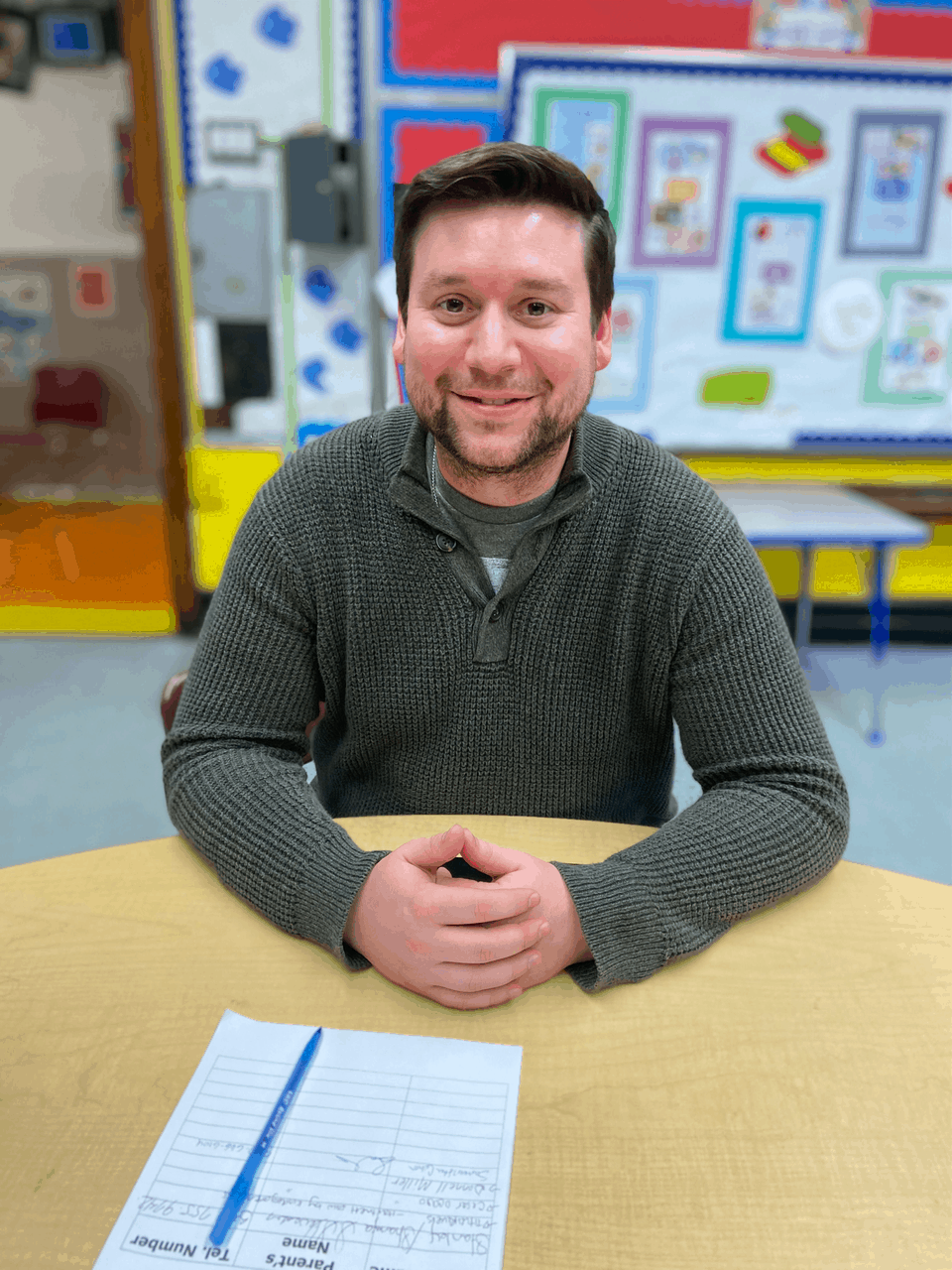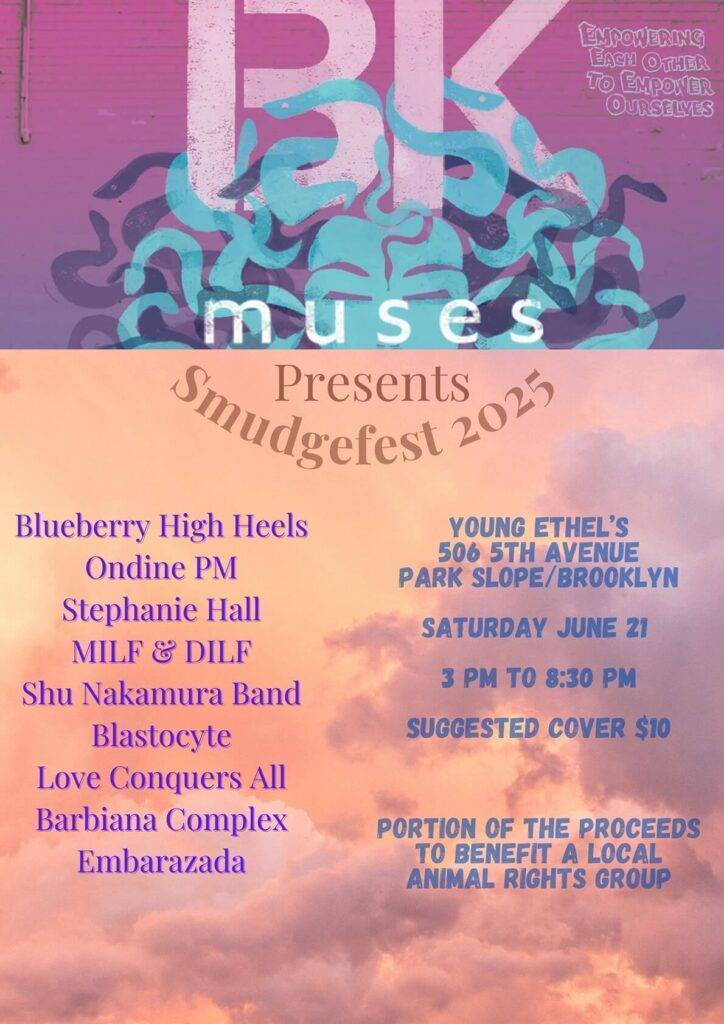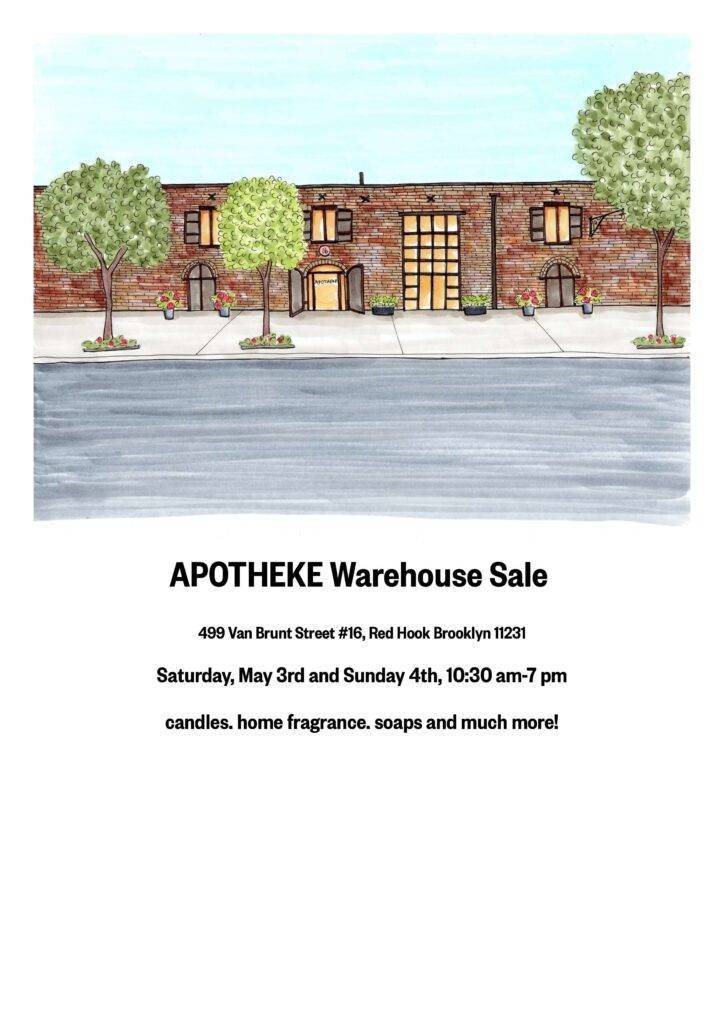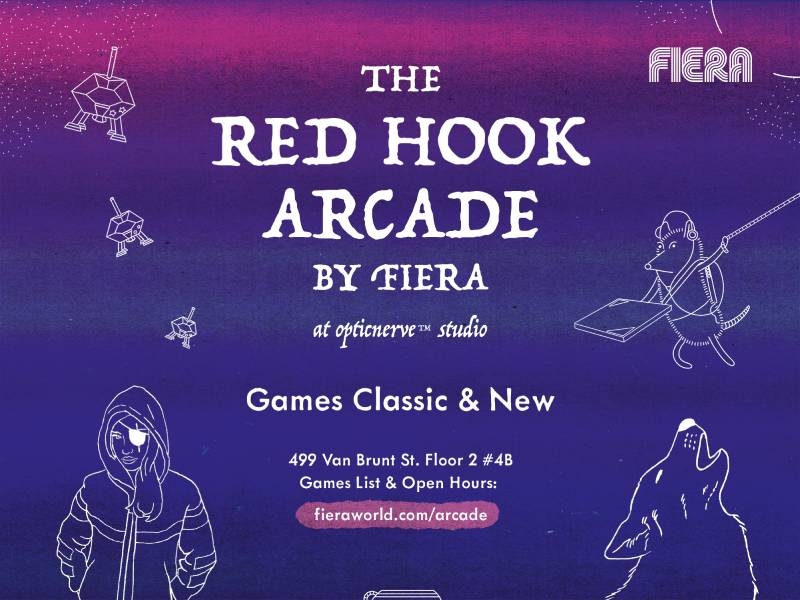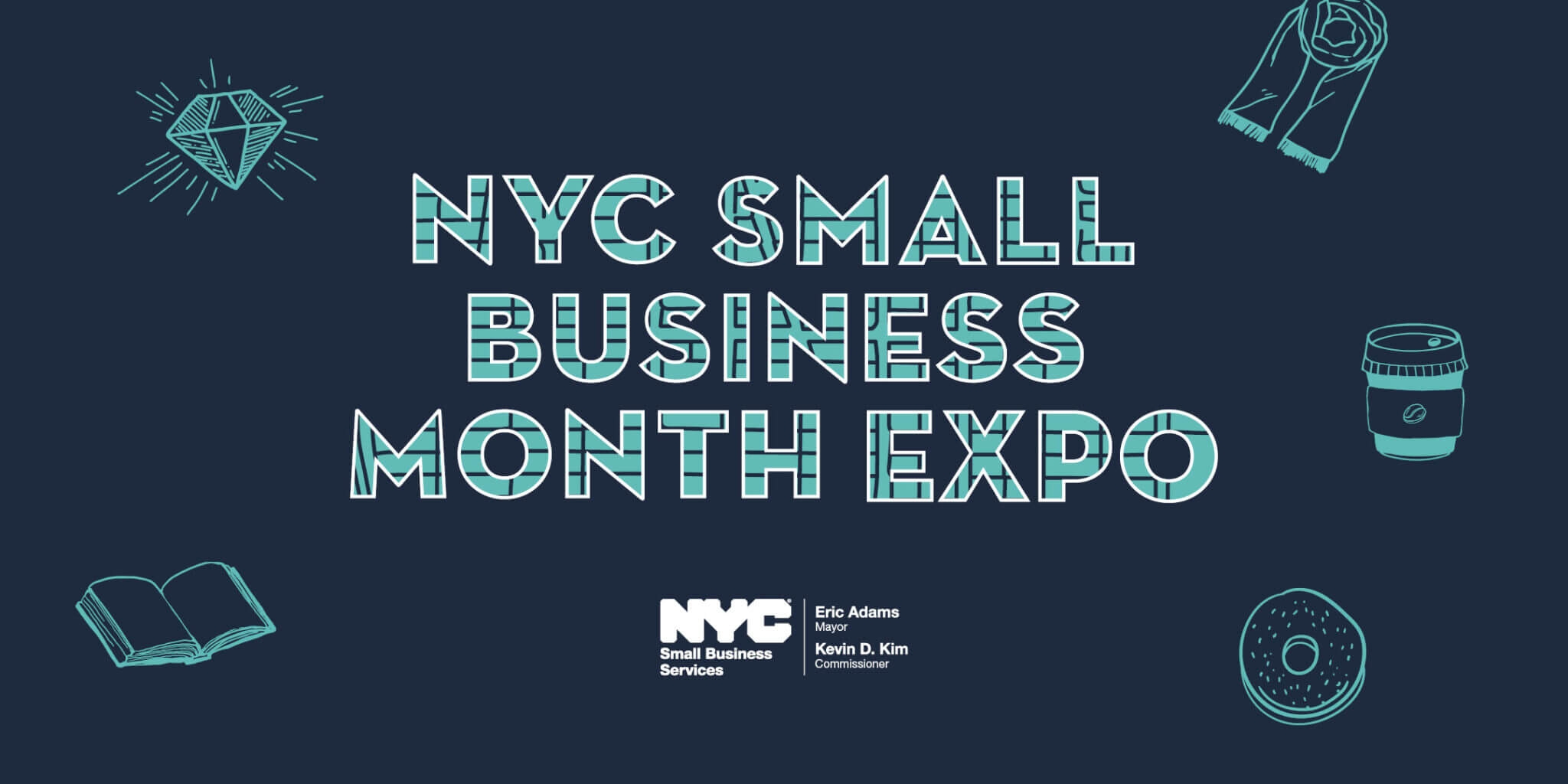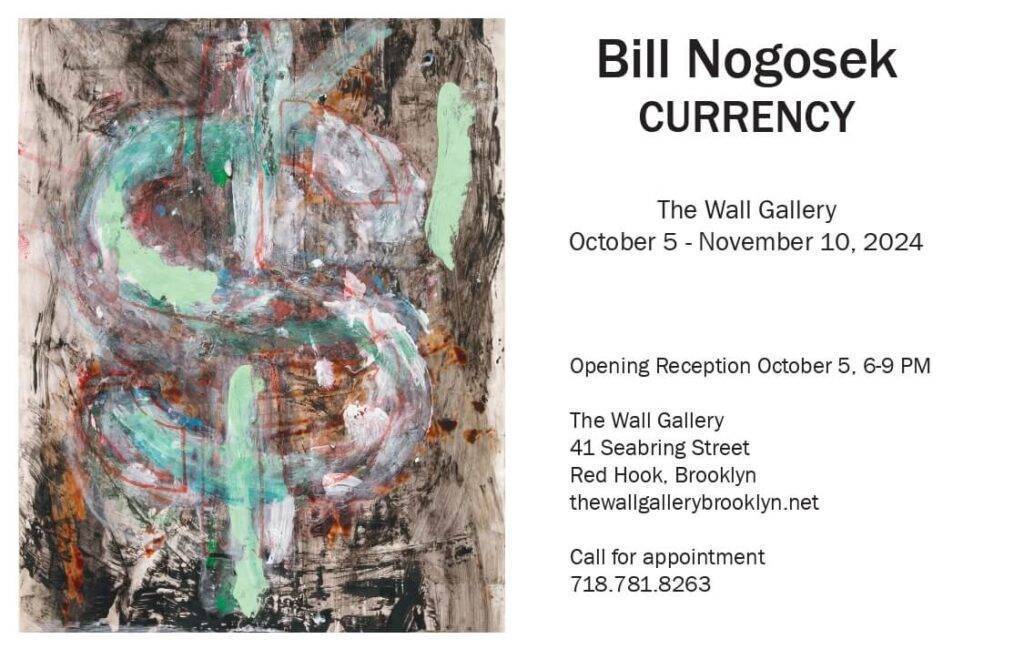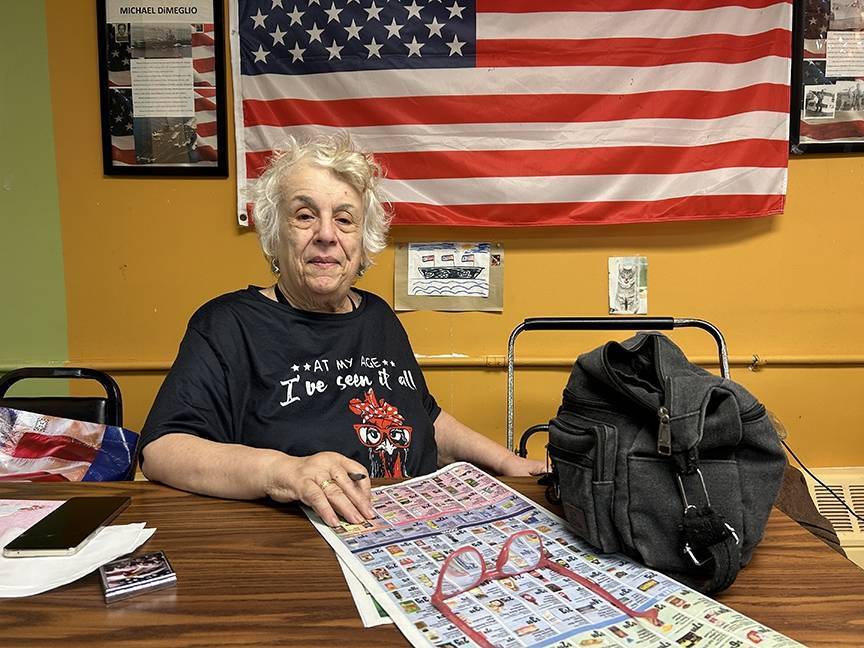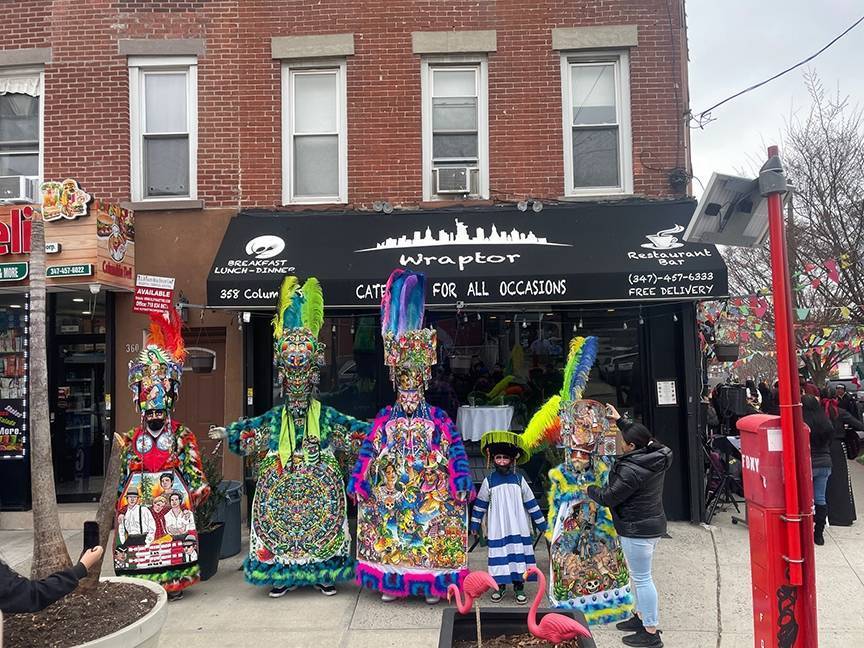Like all schools in New York City, Red Hook’s PS 676 has been closed since March 16, but the teachers are doing all they can to be there for the students virtually and to help the greater community get PPE.
Science teacher Fred Nouvertne took home the 3D printers from the school’s STEAM lab and is making masks for institutions that will be suggested by his students. Nouvertne was inspired by seeing a video about a doctor in Montana.
Dusty Richardson, a neurosurgeon in Billings, had used 3D printing technology to create a reusable, sanitizable mask of rigid plastic, into which one can insert a medical-grade filter taken from a standard surgical mask to form a safe breathing apparatus. Because each disposable fabric mask, cut into 2.5-inch squares, can yield six filter patches for Richardson’s plastic mask, the innovation extends the lifespan of each disassembled surgical mask sixfold.
Richardson has published instructions online to help others fabricate the masks in their own communities. With all the kids in Red Hook at home, Nouvertne found a way to involve his students.
“With the lockdown taking place and everyone being forced home and then seeing the story online, I thought it would be cool if we could get those printers and somehow have our students, despite being locked down and working remotely, still have a way to advocate for something and help out,” Nouvertne said. “It is something that feels good despite the negative stories.”
It takes three hours to make each mask. Using the 3D printers, the masks are created from PLA (polylactic acid) filament. The filament costs about $25 a spool, and each spool creates about 20 masks.
The first step in making the mask is that a design is created with a computer program called CURA, which is saved as a file like a Word document. Nouvertne downloaded such a file and uploaded it to the 3D printer.
The filters are being purchased through the Flowmark company in Montana, which has begun to manufacture filters that can be applied directly to the plastic mask without manual cutting. PS 676 has a GoFundMe and a Donors Choose campaign to raise money for filters, filament and straps to make more masks.
“People are getting creative in terms of raising money,” said Jen Thomas, a fourth- and fifth-grade teacher.
Nouvertne and Thomas consulted with the students, and they were still deciding which of many deserving groups of people should receive the masks.
“Many of them think that our school safety agents should receive masks, as well as grocery store workers,” Thomas related. “Many of them want to send PPE directly to nurses and hospitals. Many want to give them to their parents who have to go to work every day. We are really doing a lot of work with students in terms of promoting awareness with regards to PPE in general.”
Remote learning
Thomas, an English teacher, has found that the students have been fascinated with learning about COVID-19 and everything that goes along with it, since it is happening around them and affecting their lives. To highlight the need for more PPE, she has used articles featuring testimonials from healthcare workers who have to wear the same facemasks over and over.
The kids “are aware of what is happening in their world, and we are enforcing skills that they have learned in school with regards to research, and they are able to connect into their emotions and empathy for others and impacting the world,” Thomas said.
Initially, remote learning presented challenges for a number of PS 676 students who didn’t have access to digital devices and had to rely on printed packets, distributed just before the school’s closure, to continue their lessons. But the administration worked together with the Department of Education to secure deliveries of internet-enabled tablets for those in need, and teachers quickly began to put together detailed daily schedules with plenty of “student interface time.”
“The kids adapt very well,” Thomas observed. “This is a tough time in the world, and I can only imagine how scary it must be for kids, so we are trying to do everything we can to support no only their academics but their social and emotional need as well.”
In addition to the timely coronavirus-related content, Thomas has brought in another subject to try to take the students’ minds off the ongoing crisis, at least for a little while.
“We are doing a fantasy unit with students – like Harry Potter, Princess Bride and Star Wars,” Thomas said. “This is also timely because everybody needs an escape from reality. Physically, we can’t really escape our home. Doing it through fantasy is one way to do it.”

